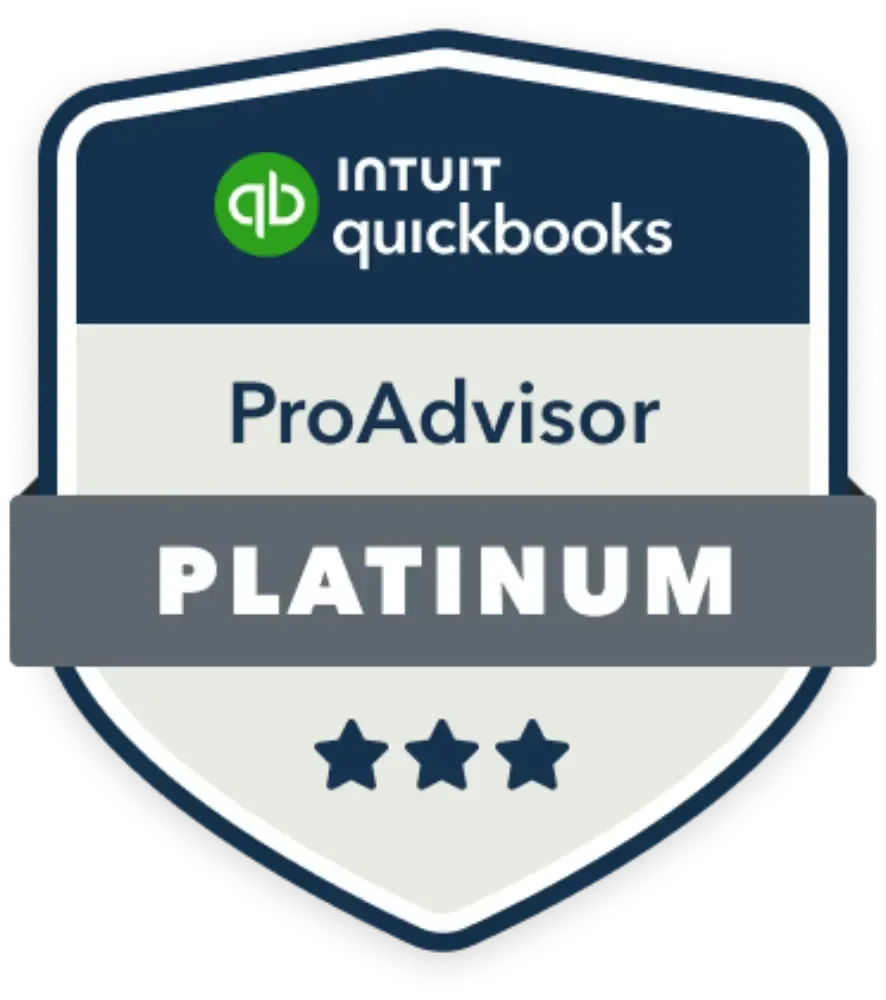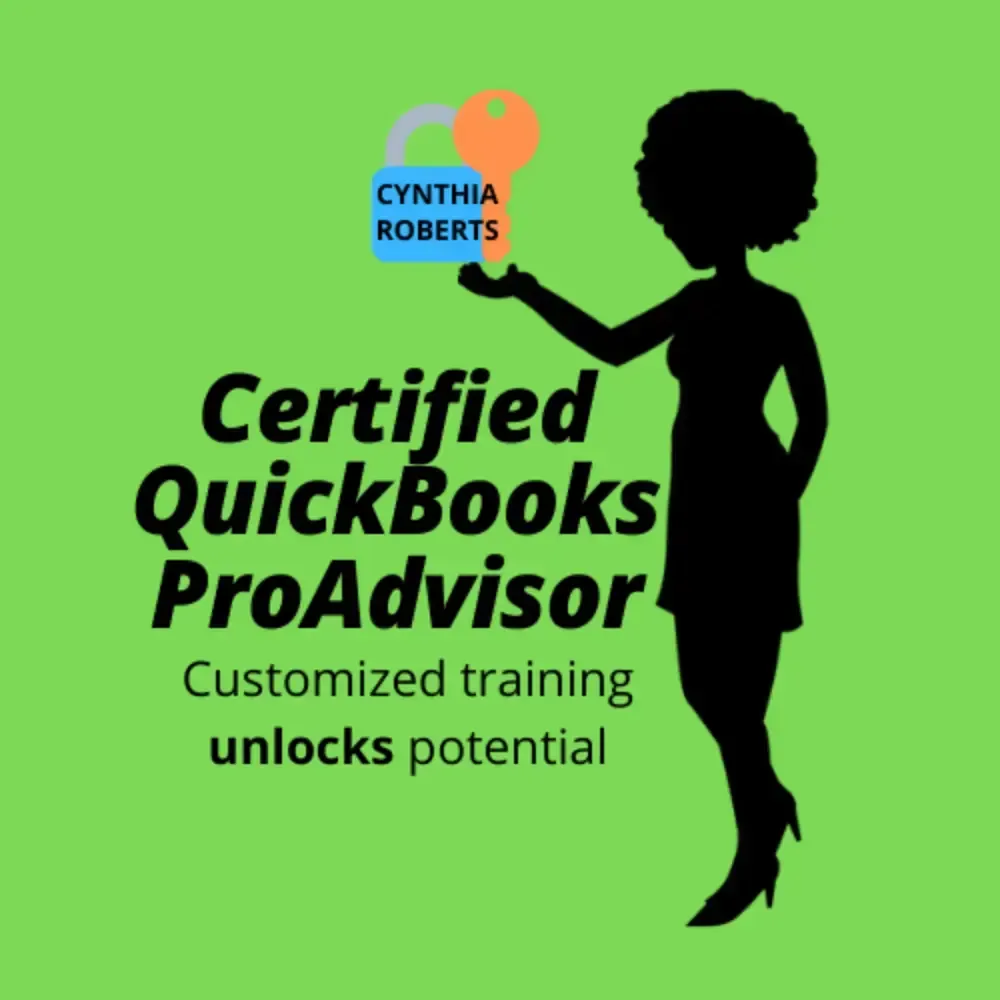How to Prepare Your QuickBooks for Tax Season
At QB Pro Strategies, we believe financial clarity is key to making informed, confident decisions—and nothing tests your financial systems quite like tax season. Whether you’re a small business owner or a solo entrepreneur, preparing your QuickBooks properly can reduce stress, save time, and help you avoid costly errors.
Here’s how to get your QuickBooks in shape before handing things off to your accountant (or tackling taxes yourself).
1. Reconcile All Your Accounts
Before tax season begins, make sure all your bank, credit card, and loan accounts are fully reconciled in QuickBooks. This ensures your books match actual financial activity and helps prevent discrepancies that could trigger an audit or delay your tax filing.
Tip: Use QuickBooks’ built-in reconciliation tool to quickly match transactions and catch any missing or duplicate entries.
2. Clean Up Your Chart of Accounts
Your Chart of Accounts is the foundation of your financial reporting. Tax time is the perfect opportunity to review and clean it up:
- Merge duplicate accounts
- Archive or delete unused ones
- Reassign transactions from incorrectly categorized accounts
A streamlined Chart of Accounts makes your reports more readable—and more useful to your tax preparer.
3. Review Income and Expenses
Go through your income and expense categories to make sure everything is accurately classified. Misclassified transactions can throw off deductions or inflate your taxable income.
What to watch for:
- Personal expenses mixed with business expenses
- One-time purchases that should be capitalized (like equipment)
- Recurring subscriptions or fees missing categorization
4. Update and Organize Receipts
If you’re using QuickBooks to upload or attach receipts, now’s the time to double-check that everything is organized and labeled correctly. Digital records are great, but they’re only useful if they’re accurate and easy to locate.
Pro Tip: Match each receipt to its corresponding transaction. This makes audits easier and deductions more defensible.
5. Run Key Financial Reports
QuickBooks makes it easy to generate reports that will be helpful for tax filing, such as:
- Profit and Loss Statement
- Balance Sheet
- Statement of Cash Flows
- General Ledger
Make sure these reports reflect a complete and reconciled financial picture. Your tax preparer will thank you.
6. Check Payroll Records
If you run payroll through QuickBooks, ensure all payroll taxes, withholdings, and filings are up to date. This includes:
- Reviewing W-2s and 1099s
- Verifying contractor payments
- Ensuring compliance with IRS thresholds
QuickBooks Payroll often automates this, but it’s still important to double-check.
7. Back Up Your Data
Before making any final adjustments, create a backup of your QuickBooks file. It’s a simple but essential step to safeguard your financial data during tax season.
8. Consult With a Pro
Even with great software, it’s wise to get a second set of eyes on your books before filing. At QB Pro Strategies, we help you fine-tune your QuickBooks setup so you can maximize deductions and minimize surprises.




